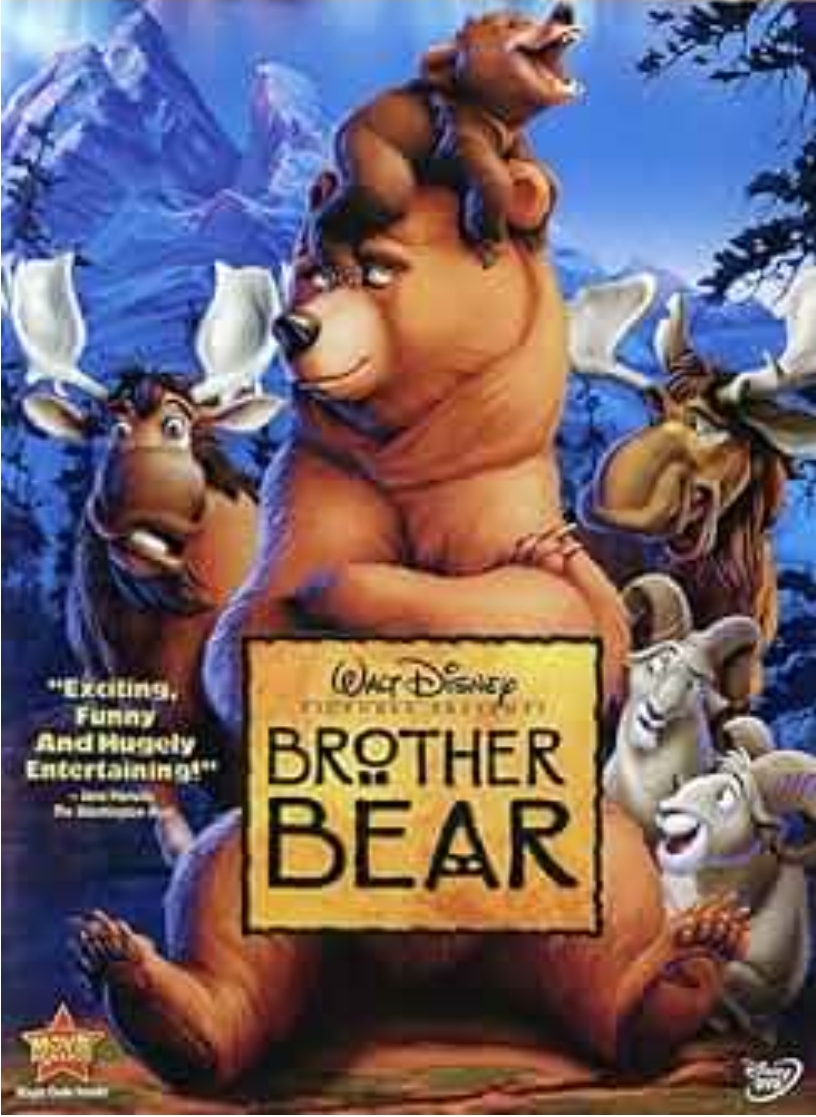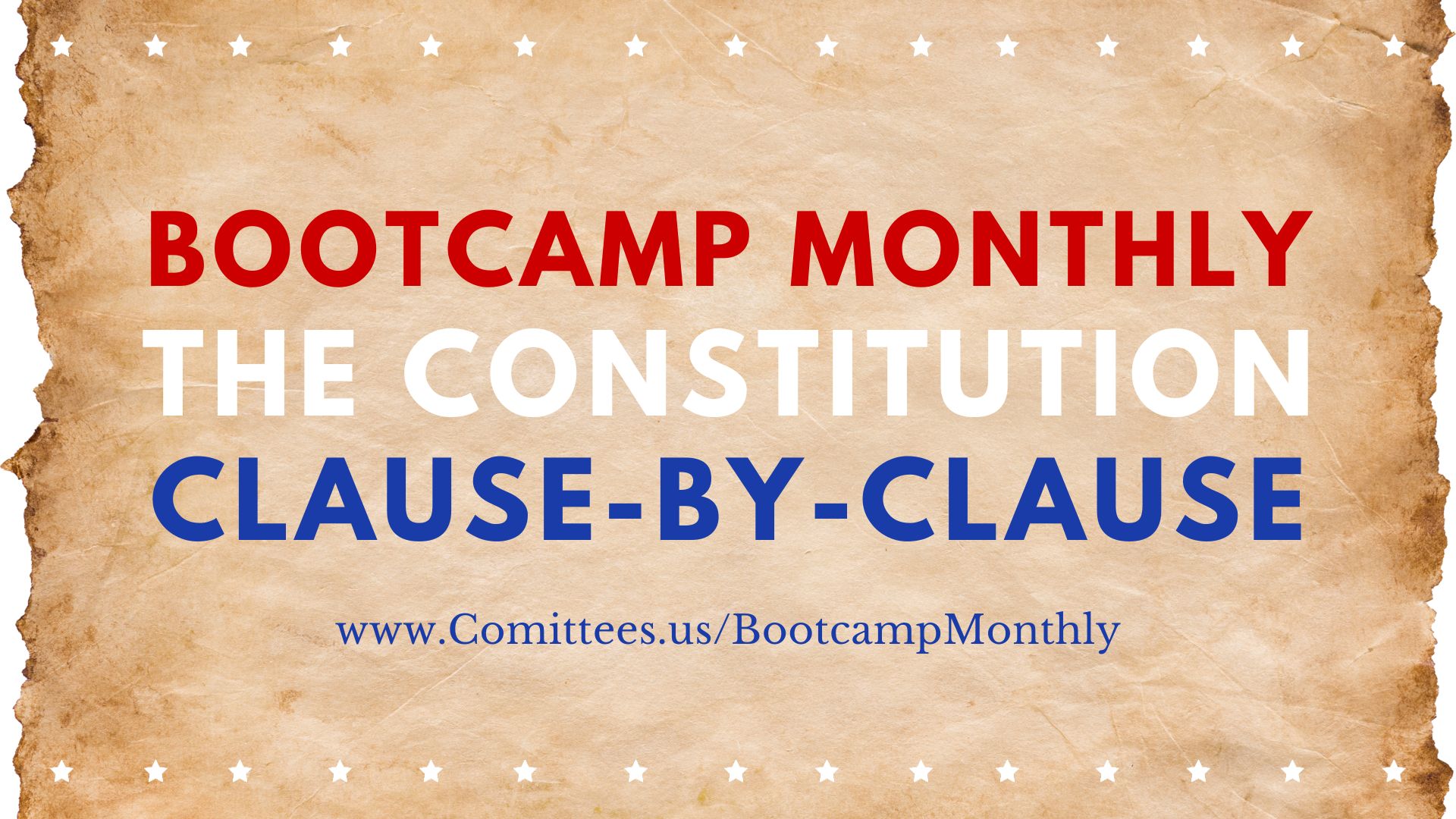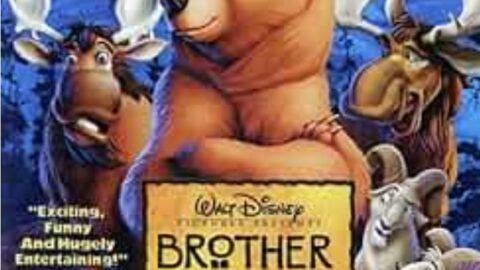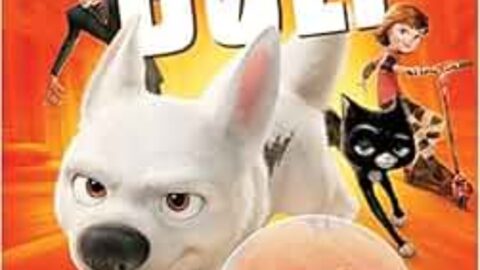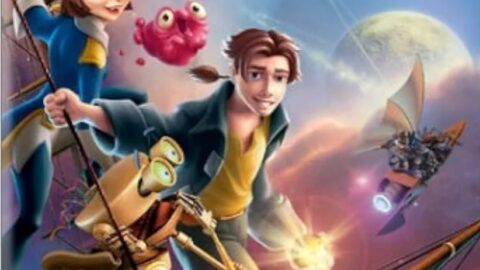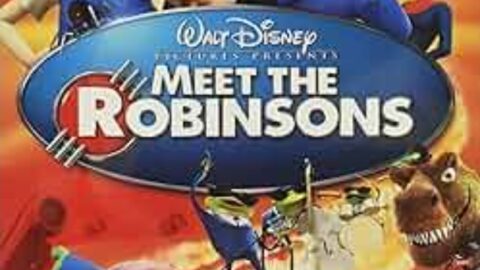Tagline: “The journey changes you.”
Core Question: What if you could see the world through the eyes of the one you hurt—and let Agápē transform you?
What is Agápē?
In classical Greek, there are four common words for “love”:
- Agápē — sacrificial, unconditional love; wills the good of the other, even at personal cost.
- Érōs — romantic/erotic desire; attraction and longing.
- Philia — friendship/affection; comradeship shaped by shared virtue.
- Storgē — familial love; natural affection within family bonds.
Why Agápē fits Brother Bear
- Atonement that protects the living
Kenai, transformed into a bear, chooses to guard Koda even before the truth of his past is revealed. He begins to will the cub’s good—shelter, food, safety—at cost to his own quest. That’s agápē maturing under humility. - Confession over concealment
When Kenai admits he killed Koda’s mother, he risks losing the one relationship he’s built. Truthful love (agápē) values the other’s dignity and healing over keeping the bond on comfortable lies. - Philia that teaches empathy
The journey re-educates Kenai through friendship—Koda’s trust, the moose brothers’ goofball loyalty. Their philia forms Kenai’s heart to feel as the other feels, turning a hunter into a guardian. - Storgē re-learned from the other side
As a bear, Kenai experiences the familial love (storgē) he disrupted—play, protection, grief. Seeing the world as Koda does reshapes him to cherish rather than conquer. - From vengeance to vocation
Denahi’s pursuit mirrors Kenai’s earlier rage. Kenai breaks the cycle by absorbing harm rather than passing it on, choosing a new vocation: caring for Koda instead of avenging a slight. - Choosing the form that serves
At the end, Kenai remains a bear so he can be the parent Koda needs. That is agápē distilled: identity chosen for the other’s flourishing, not for status, ease, or species pride. - Love that widens the circle
The spirits’ lesson—“We are all connected”—moves love beyond the human tribe to creation itself. Agápē becomes ecological: respect for life, restraint in power, reverence for kinship across kinds.
Symbols that point to Agápē in Brother Bear
- Bear totem (Love) → calling to self-gift, misunderstood until lived.
- Transformation → moral re-education through vulnerability.
- Aurora/Great Spirits → a cosmos that honors sacrificial love.
- The scarred spear → cycle of hurt broken by mercy.
- Caribou crossings & salmon run → community rhythms that teach interdependence.
- Cave paintings → memory that tells the truth and heals.
Quick takeaway
Brother Bear argues that the strongest hunter is the one who puts down the spear and picks up a child. When Kenai chooses Koda’s good over his pride and even his species, agápē turns punishment into parenting, enemies into kin, and the wild itself into a family album.
The Hunter and the Brother
Moral Core: Pride and Prejudice as the roots of tragedy
The story begins with three brothers — Kenai, Denahi, and Sitka — preparing for manhood in their Inuit-like tribe. Each young man receives a totem symbolizing the virtue he must learn.
Kenai receives the Bear of Love, which he resents, calling it weak and childish. He believes strength, not love, defines manhood.
When a bear steals the tribe’s fish, Kenai impulsively hunts it, disobeying tribal wisdom. His pursuit leads to Sitka’s death, who sacrifices himself to save his brothers. In grief and rage, Kenai kills the bear — unaware that this act will become his initiation through suffering.
The spirits (represented by the Aurora Borealis) transform him into a bear, forcing him to live as the creature he despised.
Moral Lessons
- Pride blinds us to wisdom; humility opens us to transformation.
- Anger disguises itself as justice; vengeance always wounds the soul.
- Love is not weakness; it’s strength guided by empathy.
Philosophical Frame
Kenai’s fall mirrors the Greek concept of hubris — excessive pride inviting divine correction. His punishment is also pedagogical, echoing Aristotle’s moral catharsis: one must suffer to gain moral sight.
The Animal Within
Moral Core: Empathy through inversion
Kenai awakens in the body of a bear, stripped of speech and status. His tribe now hunts him. The only being who understands him is Tanana, the shaman woman, who tells him that to become human again, he must “find the mountain where the lights touch the earth” — the place of spiritual revelation.
Along the way, Kenai meets Koda, a talkative cub seeking his mother. Reluctantly, Kenai joins him. As they journey, Kenai learns to survive, adapt, and slowly see the forest through Koda’s innocent eyes.
In a pivotal scene, Kenai looks at the world from a bear’s perspective: berries, camaraderie, and joy — the very things he once destroyed. Slowly, empathy replaces prejudice.
Moral Lessons
- You cannot judge what you do not understand; empathy requires perspective-shifting.
- Transformation demands displacement; wisdom is rarely learned in comfort.
- Innocence teaches insight—Koda’s purity exposes Kenai’s corruption.
Philosophical Frame
This act echoes Socrates’ call to “know thyself.” By becoming what he hates, Kenai learns self-knowledge. It also parallels Buddhist karma: his rebirth as a bear is both punishment and purification.
The Journey of the Heart
Moral Core: Redemption through relationship
Kenai and Koda bond deeply, forming a surrogate brotherhood that mirrors his relationship with Sitka. Through shared trials, Kenai’s heart softens. He learns the meaning of his totem: love as protective strength.
But when Kenai discovers that the bear he killed was Koda’s mother, he faces the full moral weight of his past. It’s the ultimate reversal — the “enemy” he destroyed was the family of the friend who saved him.
Kenai’s guilt is overwhelming, but his confession to Koda becomes a crucible of truth: he cannot undo the past, only redeem it through sacrifice and love.
Moral Lessons
- Confession is the birth of transformation. Truth must precede reconciliation.
- Love demands accountability, not denial.
- To heal the wound, one must enter the pain one caused.
Philosophical Frame
Kenai’s revelation reflects Kierkegaard’s leap of faith — to choose love and responsibility even when it costs you everything. It also mirrors Christian atonement: taking on the suffering of another to restore harmony.
Act IV — The Return and the Choice
Moral Core: True maturity is selfless love.
At the mountaintop where “the lights touch the earth,” Kenai meets Sitka’s spirit. The Northern Lights shimmer as ancestral bears and humans gather — symbolizing unity between creation and Creator.
Sitka offers Kenai the chance to become human again. But seeing Koda’s grief, Kenai chooses to remain a bear to raise and protect him. He chooses love over pride, sacrifice over restoration.
In that moment, Kenai becomes truly human—precisely because he stops trying to be.
Moral Lessons
- Maturity is measured by self-sacrifice, not self-assertion.
- Redemption restores balance—between man and nature, guilt and grace.
- The greatest power is love willing to lose for another’s gain.
Philosophical Frame
This act mirrors Christ-like love—the voluntary descent to serve others. It also reflects Stoic harmony with nature: peace comes from aligning oneself with the order of the world rather than dominating it.
The New Brother
Moral Core: The cycle of restoration
Kenai now lives among bears, bridging the gap between two worlds. Denahi, his human brother who hunted him, finally understands and lays down his spear. The cycle of vengeance ends. The community celebrates the Brotherhood Ceremony, where Kenai officially becomes Koda’s guardian.
The film closes with unity between humans, nature, and spirit—an echo of Eden restored.
Moral Lessons
- Forgiveness heals generations.
- Community requires reconciliation with creation.
- True manhood (or maturity) is relational, not hierarchical.
Philosophical Frame
The ending channels Joseph Campbell’s “return with the elixir.” The hero brings back wisdom to heal the tribe — in this case, compassion that ends the human-animal divide. It’s also ecological philosophy in motion: harmony is sacred stewardship, not dominance.
Overarching Moral Framework
| Theme | Lesson | Real-World Application |
|---|---|---|
| Transformation through Empathy | We only change when we experience another’s pain. | Cross-cultural understanding, reconciliation, trauma healing. |
| Love as Courage | Strength is not domination but protection. | Family, leadership, diplomacy, parenting. |
| Forgiveness Over Vengeance | Mercy restores what anger destroys. | Justice reform, generational healing, community rebuilding. |
| Harmony with Creation | All life is interconnected; destruction of one wounds all. | Environmental ethics, stewardship, humility before nature. |
| Sacrifice as True Manhood | The mature soul protects the vulnerable. | Fatherhood, mentorship, servant leadership. |
Final Reflection
Brother Bear isn’t about a boy turning into a bear—it’s about a man becoming whole.
Kenai’s journey from vengeance to compassion mirrors humanity’s own moral evolution: we mature only when we stop seeing others as “it” and begin seeing them as “thou.”
His transformation reveals the ultimate spiritual law:
“When you finally see through another’s eyes, you no longer need to change forms—you’ve already changed hearts.”

